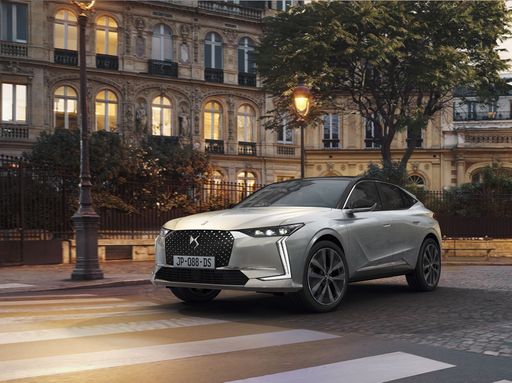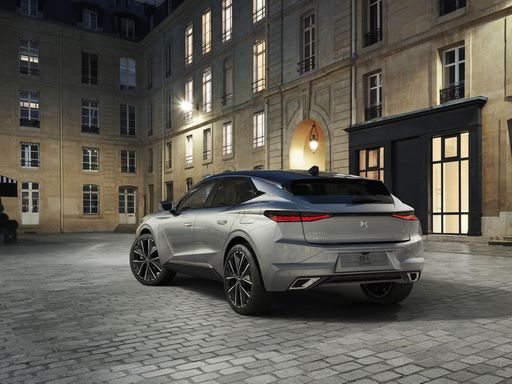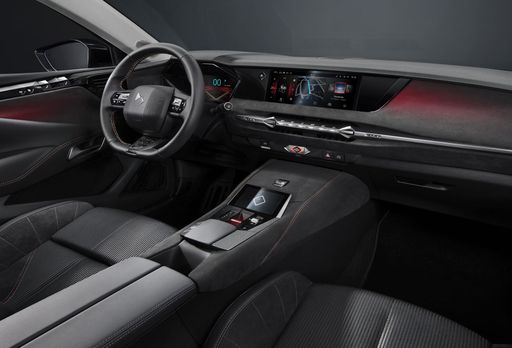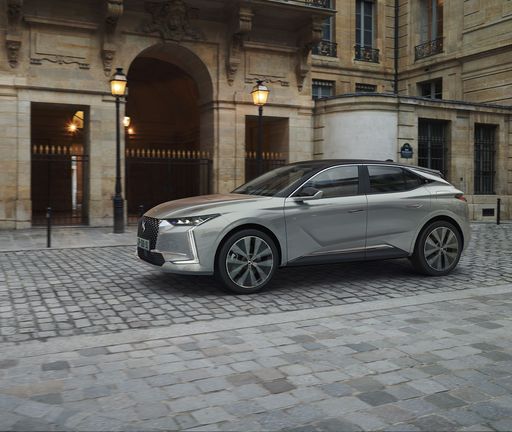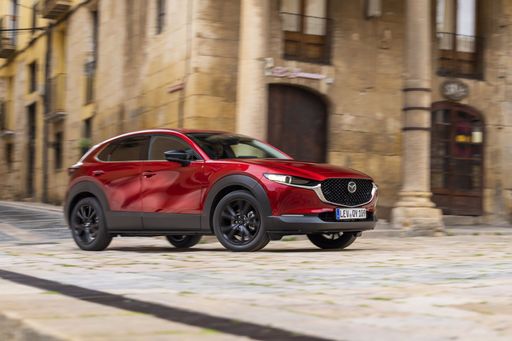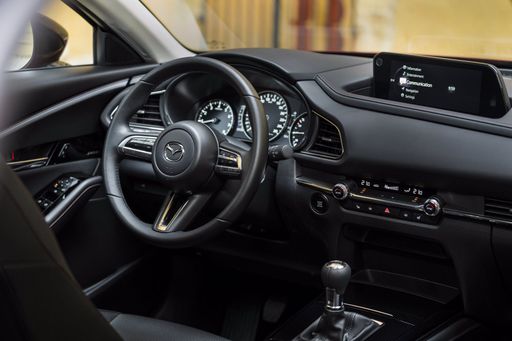Engine and Performance:
Power, torque and acceleration say a lot about how a car feels on the road. This is where you see which model delivers more driving dynamics.
When it comes to engine power, the Mazda CX-30 has a noticeable edge – offering 186 HP compared to 130 HP. That’s roughly 56 HP more horsepower.
In acceleration from 0 to 100 km/h, the Mazda CX-30 is noticeable quicker – completing the sprint in 8.30 s, while the DS Automobiles DS 4 takes 10.90 s. That’s about 2.60 s faster.
In terms of top speed, the Mazda CX-30 performs minimal better – reaching 204 km/h, while the DS Automobiles DS 4 tops out at 203 km/h. The difference is around 1 km/h.
There’s also a difference in torque: DS Automobiles DS 4 pulls a bit stronger with 300 Nm compared to 240 Nm. That’s about 60 Nm difference.


